Home>Furniture & Design>Interior Design Trends>How To Get Tajin To Stick To Glass


Interior Design Trends
How To Get Tajin To Stick To Glass
Modified: February 27, 2024
Discover the latest interior design trends and learn how to get Tajin to stick to glass with our expert tips and tricks. Elevate your home decor with these innovative ideas.
(Many of the links in this article redirect to a specific reviewed product. Your purchase of these products through affiliate links helps to generate commission for Storables.com, at no extra cost. Learn more)
Introduction
Tajin, a popular Mexican seasoning blend, is renowned for its zesty, tangy, and spicy flavor profile. It's a versatile seasoning that adds a burst of flavor to fruits, vegetables, and even beverages. While Tajin adheres effortlessly to many surfaces, getting it to stick to glass can be a bit tricky. Whether you're garnishing a refreshing fruit cocktail or adding a kick to your favorite beverage, ensuring that Tajin adheres to glass is essential for an optimal culinary experience.
In this comprehensive guide, we'll delve into the intricacies of getting Tajin to stick to glass, exploring the properties of Tajin, preparing the glass surface, and applying Tajin effectively. Additionally, we'll share valuable tips to help you master the art of making Tajin adhere to glass effortlessly. By the end of this guide, you'll be equipped with the knowledge and techniques to elevate your culinary creations with the tantalizing flavors of Tajin on glass surfaces. Let's embark on this flavorful journey and unlock the secrets to perfecting the art of adhering Tajin to glass.
Key Takeaways:
- Elevate your culinary creations by understanding Tajin’s properties, preparing glass surfaces, and applying Tajin effectively for a burst of flavor on glass.
- Master the art of making Tajin stick to glass with moisture management, even distribution, chilled glassware, gentle handling, precision layering, and freshness maintenance techniques.
Read more: How To Rim A Glass With Tajin
Understanding the properties of Tajin
Tajin, a beloved Mexican seasoning, boasts a unique composition that contributes to its distinctive flavor and texture. Comprising a harmonious blend of chili peppers, dehydrated lime juice, and sea salt, Tajin offers a tantalizing combination of spicy, tangy, and savory notes. The finely ground texture of Tajin allows it to adhere effortlessly to various surfaces, enhancing the sensory experience of every dish it graces.
The key to understanding Tajin's properties lies in its composition. The presence of dehydrated lime juice infuses Tajin with a delightful tanginess, while the chili peppers contribute a subtle heat that tantalizes the taste buds. Additionally, the inclusion of sea salt not only amplifies the savory elements but also serves as a natural binding agent, aiding in the adherence of Tajin to different surfaces.
Furthermore, the finely ground nature of Tajin plays a pivotal role in its adherence properties. The fine texture allows Tajin to cling to surfaces, creating a uniform coating that ensures an even distribution of flavor. This characteristic makes Tajin well-suited for adhering to glass surfaces, as the fine particles can effectively adhere to the smooth texture of glass, resulting in a visually appealing presentation and a burst of flavor with every bite or sip.
Moreover, Tajin's ability to adhere to glass is also influenced by its hygroscopic nature, meaning it has a tendency to attract and retain moisture from the surrounding environment. This property enables Tajin to form a slight paste when in contact with moisture, aiding in its adherence to glass surfaces. As a result, when Tajin comes into contact with the natural moisture present on glassware or the condensation on chilled beverages, it forms a flavorful and visually enticing coating that enhances the overall culinary experience.
In essence, the properties of Tajin, including its composition, texture, and hygroscopic nature, collectively contribute to its remarkable ability to adhere to glass surfaces. Understanding these properties is essential for effectively preparing and applying Tajin to glass, ensuring that its vibrant flavors and captivating texture shine through in every culinary creation.
Preparing the glass surface
Preparing the glass surface is a crucial step in ensuring that Tajin adheres effectively, creating a visually appealing and flavorful culinary experience. The smooth and non-porous nature of glass presents an ideal canvas for showcasing the vibrant colors and flavors of Tajin. To prepare the glass surface for optimal adherence, follow these essential steps:
-
Clean the Glass: Begin by thoroughly cleaning the glass surface with mild dish soap and warm water. This step removes any dust, residues, or oils that may hinder the adherence of Tajin. Gently scrub the glassware, ensuring that it is free from any contaminants that could compromise the adherence of Tajin.
-
Dry Thoroughly: After cleaning, ensure that the glassware is completely dry. Any residual moisture can impede the adherence of Tajin, leading to an uneven coating or potential clumping. Use a lint-free cloth to dry the glassware, paying close attention to any intricate designs or crevices where moisture may linger.
-
Chill the Glass: For beverages or chilled dishes, consider chilling the glassware before applying Tajin. Chilled glass surfaces create condensation, which can serve as a natural adhesive for Tajin. This moisture, combined with the hygroscopic nature of Tajin, facilitates adherence, resulting in a well-incorporated and visually striking seasoning application.
-
Optional: Lime Juice Rim: For an added burst of citrus flavor and enhanced adherence, consider rimming the glass with a fresh lime wedge. Gently run the lime wedge along the rim of the glass to moisten it, then dip the rim into Tajin, ensuring an even coating. This technique not only enhances the adherence of Tajin but also introduces a delightful citrus element to complement the seasoning's flavor profile.
By meticulously preparing the glass surface through thorough cleaning, drying, and optional techniques such as chilling or rimming with lime juice, you set the stage for seamless adherence of Tajin. These preparatory measures create an optimal foundation for applying Tajin, ensuring that its vibrant flavors and captivating texture shine through, elevating the visual and gustatory appeal of your culinary creations.
Applying Tajin to the glass
Once the glass surface is meticulously prepared, the next step is the precise application of Tajin to ensure an even coating that adheres seamlessly. Whether you're garnishing a cocktail, seasoning a dish, or rimming a glass for a zesty beverage, the application technique plays a pivotal role in enhancing the visual appeal and flavor delivery. Here's a detailed guide on effectively applying Tajin to glass surfaces:
Sprinkling Method:
The sprinkling method is ideal for coating the surface of beverages or dishes with Tajin. Hold the container of Tajin at a slight angle and gently tap it to release a fine, even dusting of the seasoning onto the glass surface. By maintaining a consistent distance and angle, you can achieve an evenly distributed layer of Tajin, ensuring that every sip or bite is infused with its vibrant flavors.
Read more: How To Get A Suction Cup To Stick To Glass
Rim Coating Technique:
When rimming a glass for cocktails or beverages, the rim coating technique is a popular choice. To execute this method, pour a small amount of Tajin onto a flat, dry surface, such as a plate or shallow dish. Moisten the rim of the glass with a lime wedge or water, then gently press the moistened rim into the Tajin, rotating it to create an even coating. This technique not only enhances the visual presentation of the beverage but also introduces a delightful burst of flavor with each sip.
Precision Garnishing:
For intricate garnishing or decorative applications, precision is key. Utilize a small, fine-mesh sieve or a pinch bowl to sprinkle Tajin precisely onto specific areas of the glass surface. This method allows for meticulous control over the placement of Tajin, enabling you to create visually stunning presentations and flavor accents that elevate the overall dining or imbibing experience.
Layering Technique:
When crafting layered beverages or dishes, such as colorful cocktails or multi-tiered desserts, the layering technique can be employed to incorporate Tajin. Carefully layer the Tajin atop each distinct layer of the beverage or dish, ensuring that it adheres seamlessly to create visually striking delineations between the components. This method adds a visually captivating dimension to the presentation while imparting bursts of flavor with each layer.
By mastering these application techniques, you can expertly incorporate Tajin onto glass surfaces, enhancing the visual allure and flavor delivery of your culinary creations. The precise application of Tajin ensures that its vibrant colors and tantalizing flavors shine through, captivating the senses and delighting the palate with every indulgent experience.
Tips for making Tajin stick to glass
-
Moisture Management: Controlling the moisture level on the glass surface is crucial for optimal adherence of Tajin. If the glass is too wet, Tajin may clump or slide off, resulting in an uneven coating. Conversely, a completely dry surface may hinder the seasoning from adhering effectively. Striking the right balance by ensuring a slightly moistened surface, especially when rimming glasses with lime juice, can significantly enhance Tajin's adherence.
-
Even Distribution: Achieving an even distribution of Tajin is essential for a visually appealing presentation and consistent flavor delivery. When sprinkling Tajin onto the glass, maintain a steady hand and a uniform distance to ensure that the seasoning covers the surface evenly. This meticulous approach guarantees that every bite or sip offers a harmonious blend of flavors, elevating the overall culinary experience.
-
Chilled Glassware: For beverages or chilled dishes, utilizing chilled glassware can enhance Tajin's adherence. The condensation that forms on the chilled surface provides a natural adhesive for Tajin, facilitating a seamless and visually striking application. This simple yet effective technique not only improves adherence but also contributes to a refreshing and visually enticing presentation.
-
Gentle Handling: When handling Tajin-coated glassware, gentle care is essential to preserve the seasoning's integrity. Avoid excessive rubbing or contact with moisture, as this can compromise the adherence of Tajin. Additionally, using gentle washing techniques, such as handwashing with mild soap, can help maintain the seasoning's vibrant appearance and adherence over time.
-
Layering with Precision: When layering Tajin on glass surfaces, precision is key. Whether creating intricate designs or delineating layers in beverages or dishes, exercising precision ensures that Tajin adheres seamlessly and contributes to a visually captivating presentation. Utilize tools such as small spoons, brushes, or stencils to achieve precise layering, adding an artistic touch to your culinary creations.
-
Freshness Maintenance: To preserve the adherence and vibrant flavor of Tajin on glass surfaces, store the seasoned glassware in a cool, dry place away from direct sunlight and moisture. Proper storage helps maintain the seasoning's texture and adherence, ensuring that it retains its captivating appeal until it is ready to be enjoyed.
By implementing these tips, you can master the art of making Tajin stick to glass, creating visually stunning and flavor-packed culinary experiences that captivate the senses and elevate every dish or beverage it graces.
Before applying Tajin to glass, try wiping the surface with a slice of lime or damp cloth to create a slightly sticky surface for the Tajin to adhere to.
Conclusion
In conclusion, mastering the art of making Tajin stick to glass surfaces is a delightful journey that intertwines culinary creativity with meticulous technique. Understanding the unique properties of Tajin, including its composition, texture, and hygroscopic nature, provides valuable insights into its remarkable adherence capabilities. By comprehending these properties, one can harness the full potential of Tajin, elevating the visual appeal and flavor delivery of culinary creations.
The preparatory steps, such as thorough cleaning, drying, and optional techniques like chilling or rimming with lime juice, lay the foundation for seamless adherence of Tajin to glass. These preparatory measures not only ensure optimal adherence but also contribute to the overall presentation and sensory experience.
The precise application of Tajin onto glass surfaces, whether through the sprinkling method, rim coating technique, precision garnishing, or layering technique, allows for the creation of visually stunning presentations and flavor accents that captivate the senses. Each application method offers a unique approach to incorporating Tajin, enhancing the visual allure and flavor delivery of culinary creations.
Furthermore, the tips for making Tajin stick to glass, including moisture management, even distribution, chilled glassware utilization, gentle handling, precision layering, and freshness maintenance, serve as invaluable guidelines for achieving consistent and captivating adherence of Tajin. These tips empower culinary enthusiasts to infuse their creations with the vibrant colors and tantalizing flavors of Tajin, ensuring a memorable and indulgent dining or imbibing experience.
By embracing the art of making Tajin adhere to glass, individuals can unlock a world of culinary possibilities, from crafting visually captivating cocktails to embellishing vibrant fruit platters. The seamless adherence of Tajin to glass surfaces not only enhances the aesthetic appeal of dishes and beverages but also introduces a burst of zesty, tangy, and savory flavors that elevate the overall gustatory experience.
In essence, the journey of making Tajin stick to glass transcends the realm of culinary technique, embodying a harmonious fusion of artistry and flavor mastery. As culinary enthusiasts embark on this flavorful endeavor, they are poised to create captivating culinary experiences that celebrate the vibrant allure of Tajin on glass surfaces, leaving an indelible impression on every palate it delights.
Frequently Asked Questions about How To Get Tajin To Stick To Glass
Was this page helpful?
At Storables.com, we guarantee accurate and reliable information. Our content, validated by Expert Board Contributors, is crafted following stringent Editorial Policies. We're committed to providing you with well-researched, expert-backed insights for all your informational needs.
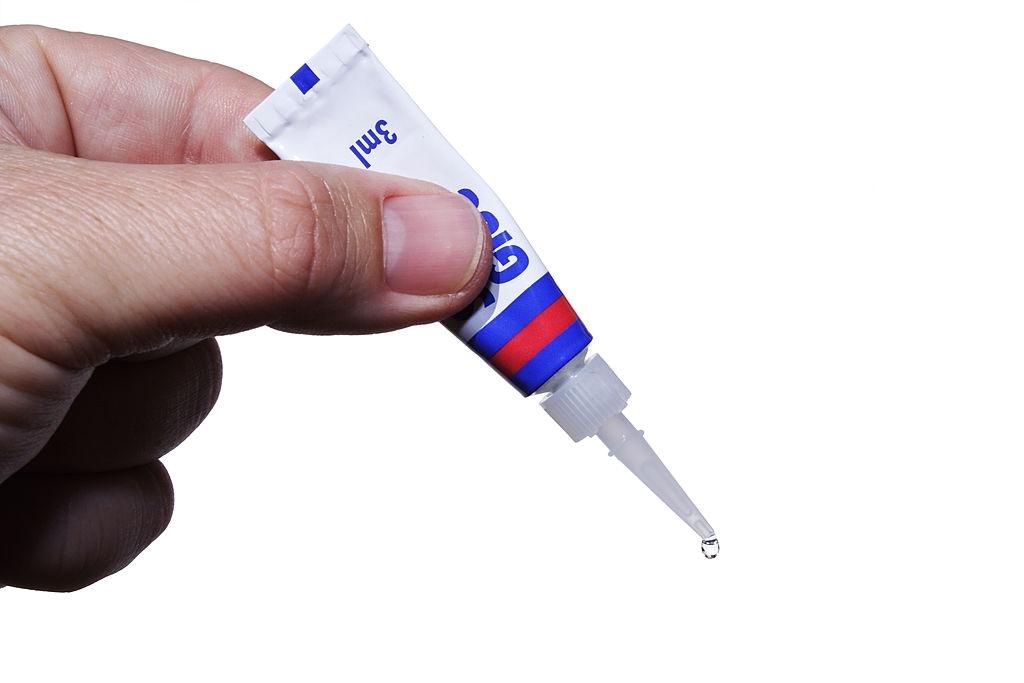
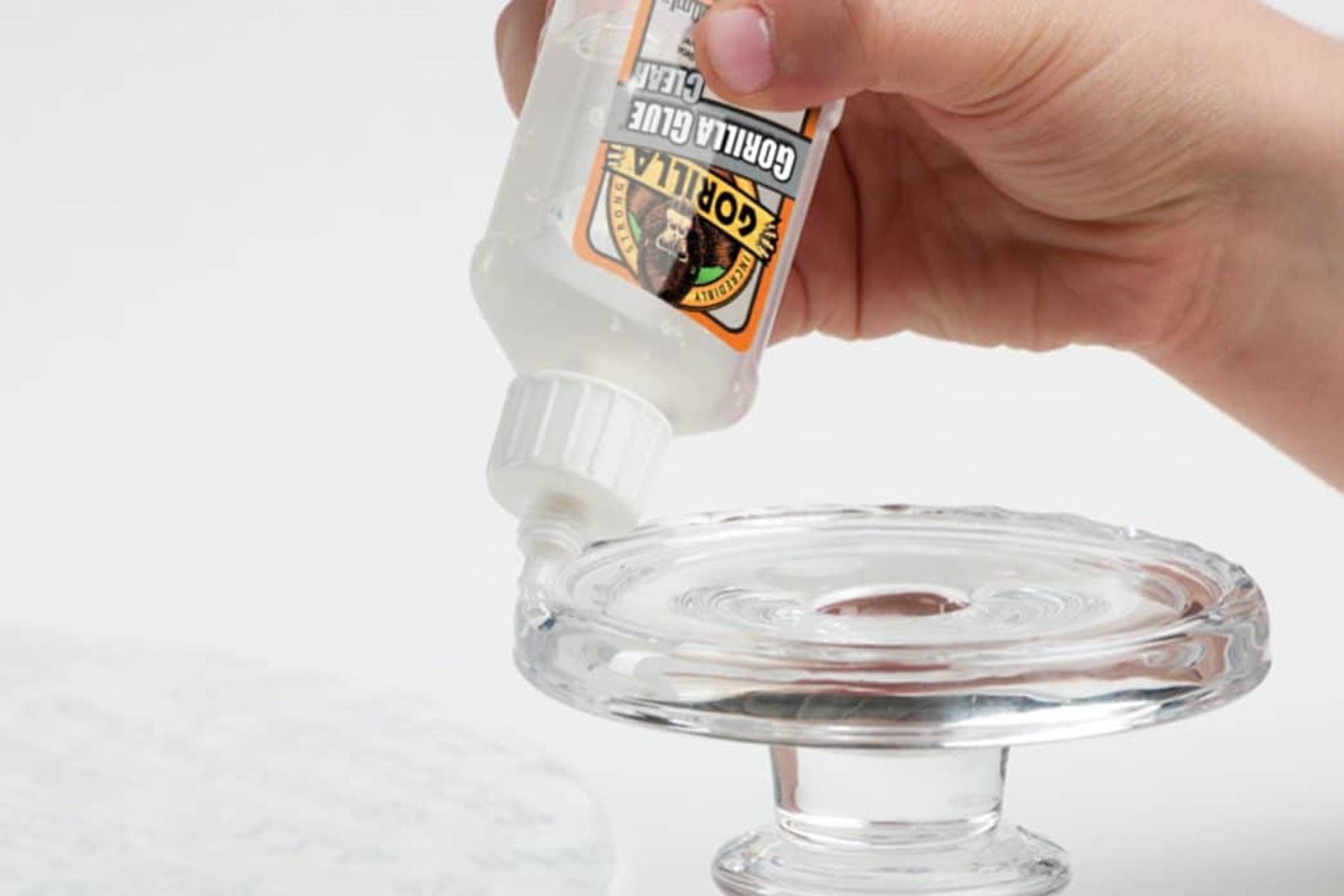
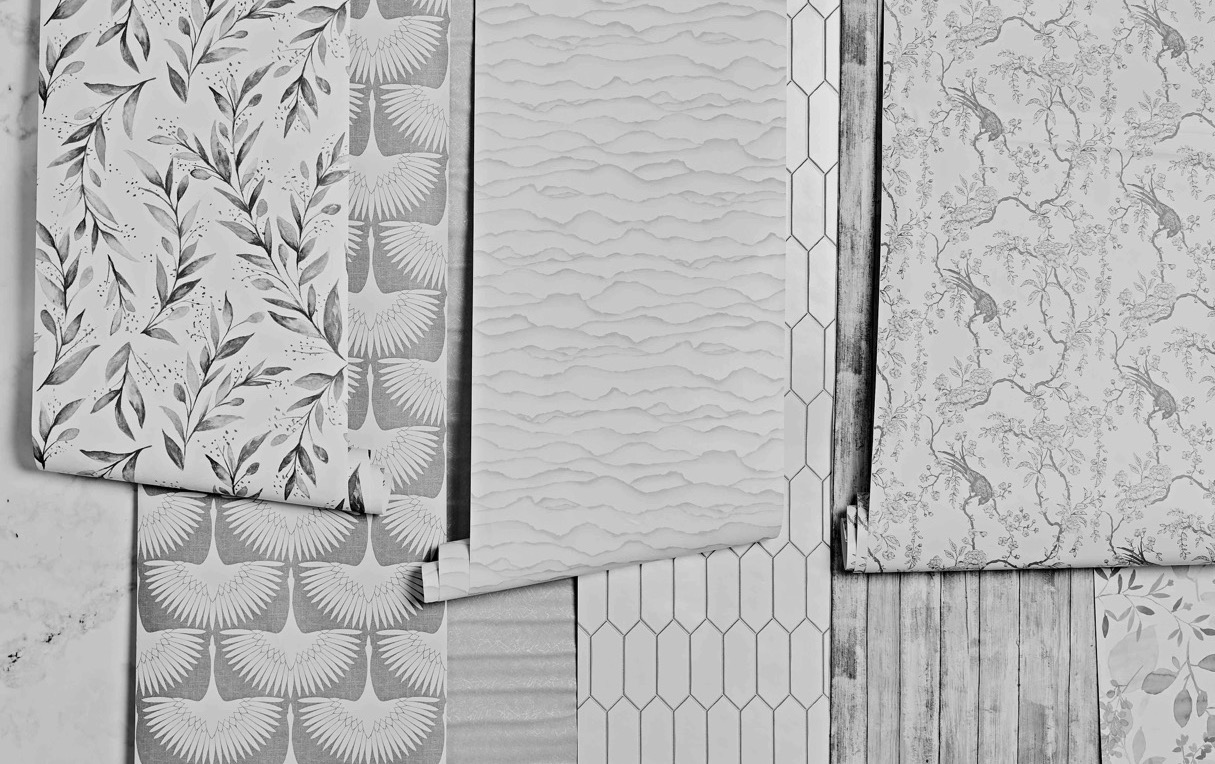
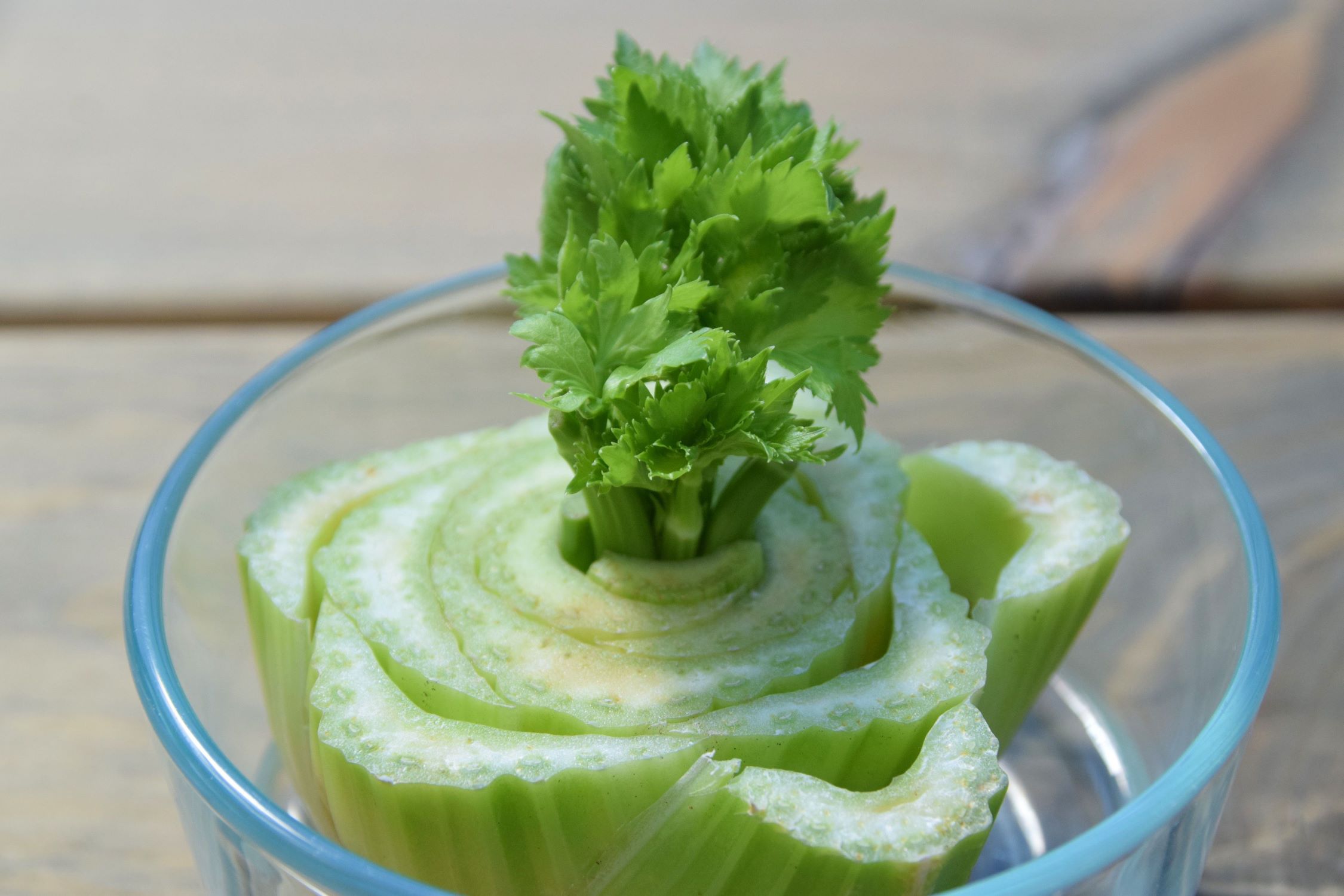
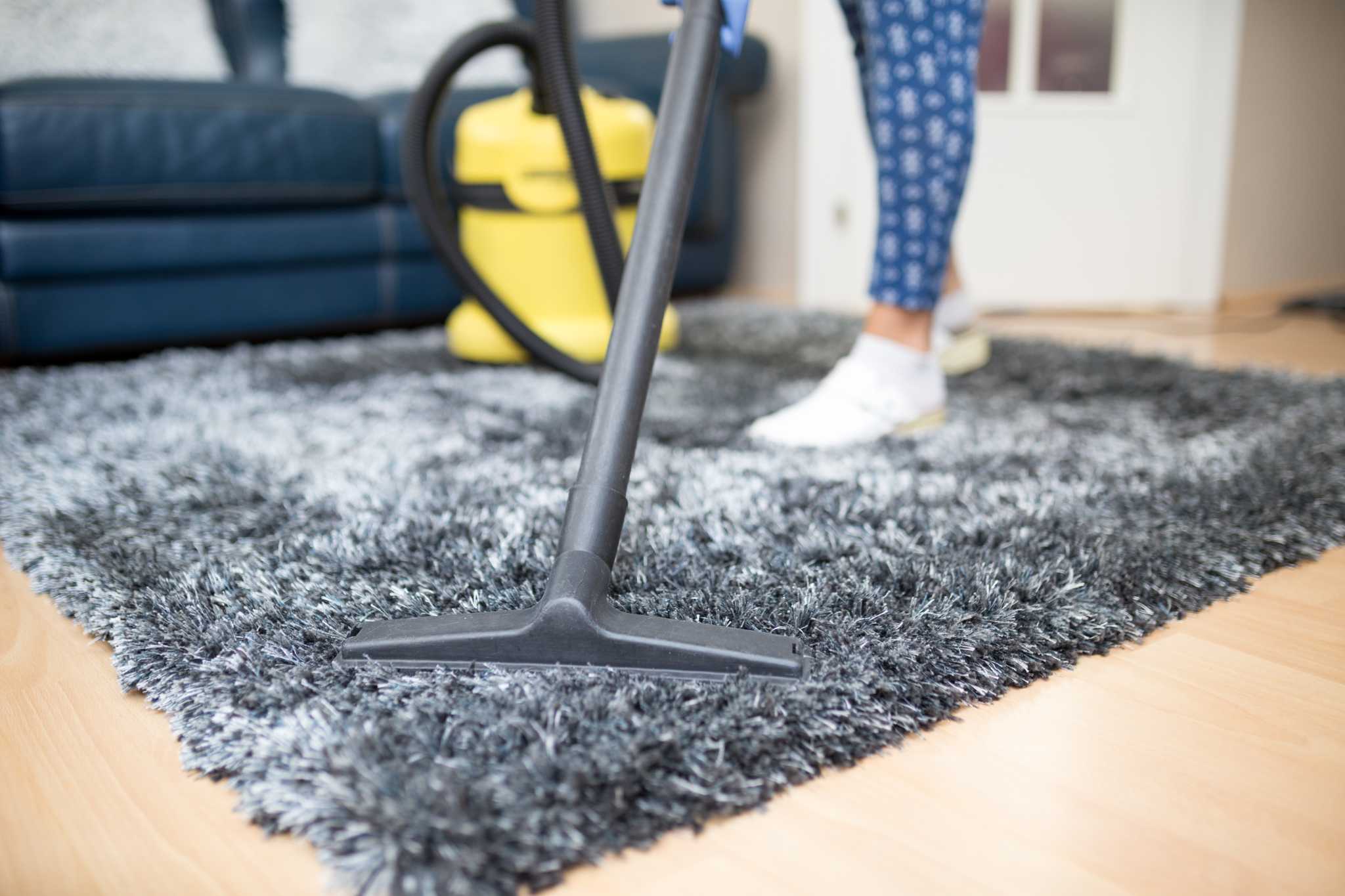
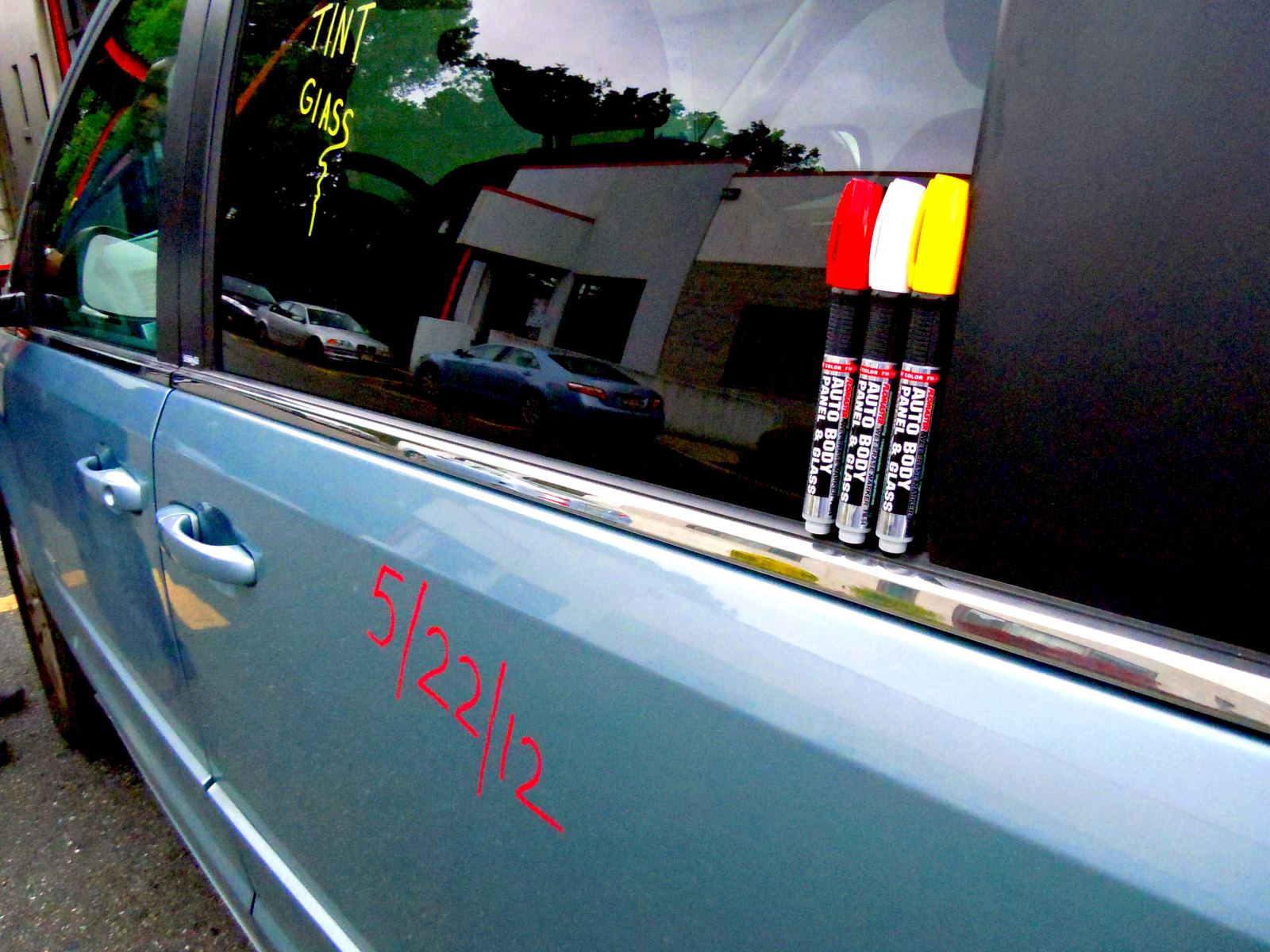
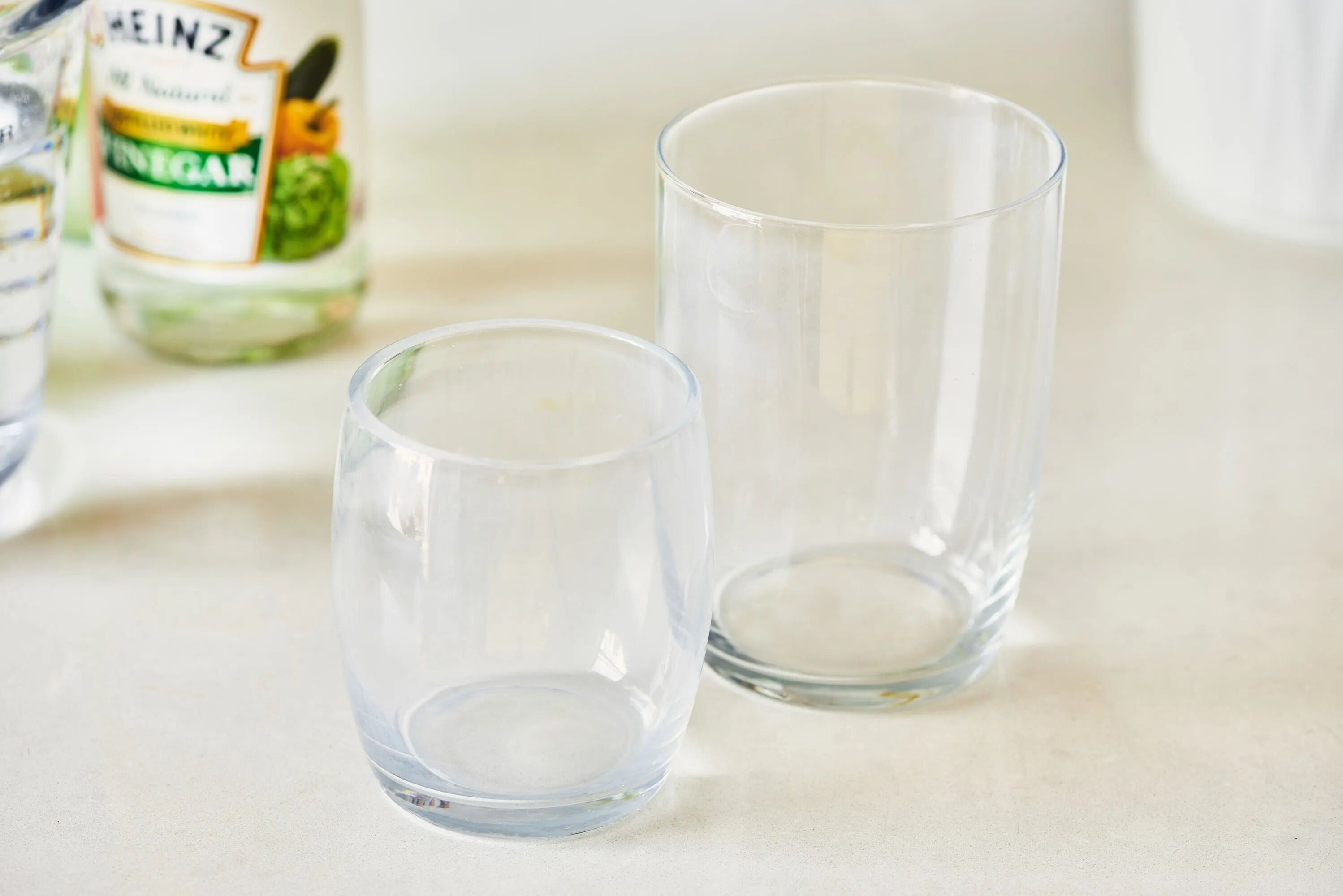
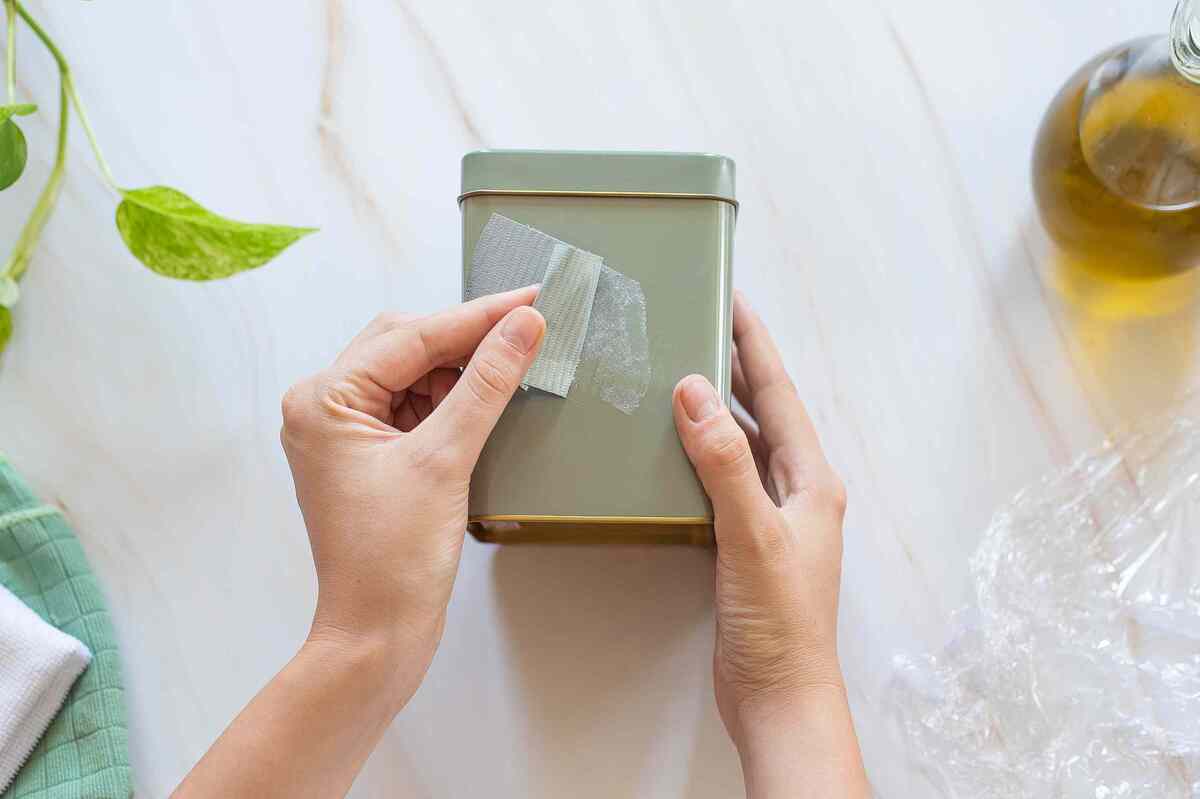

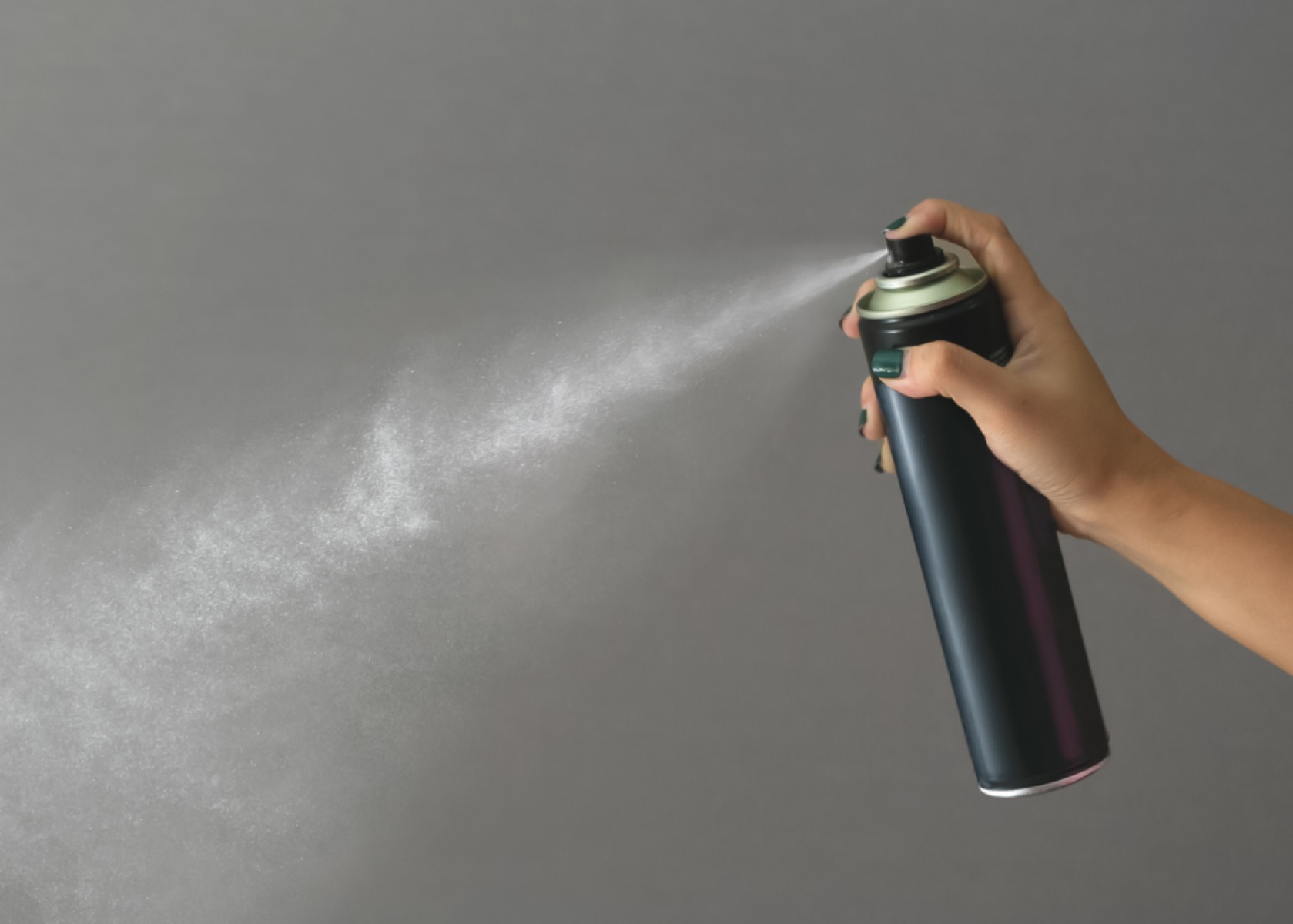
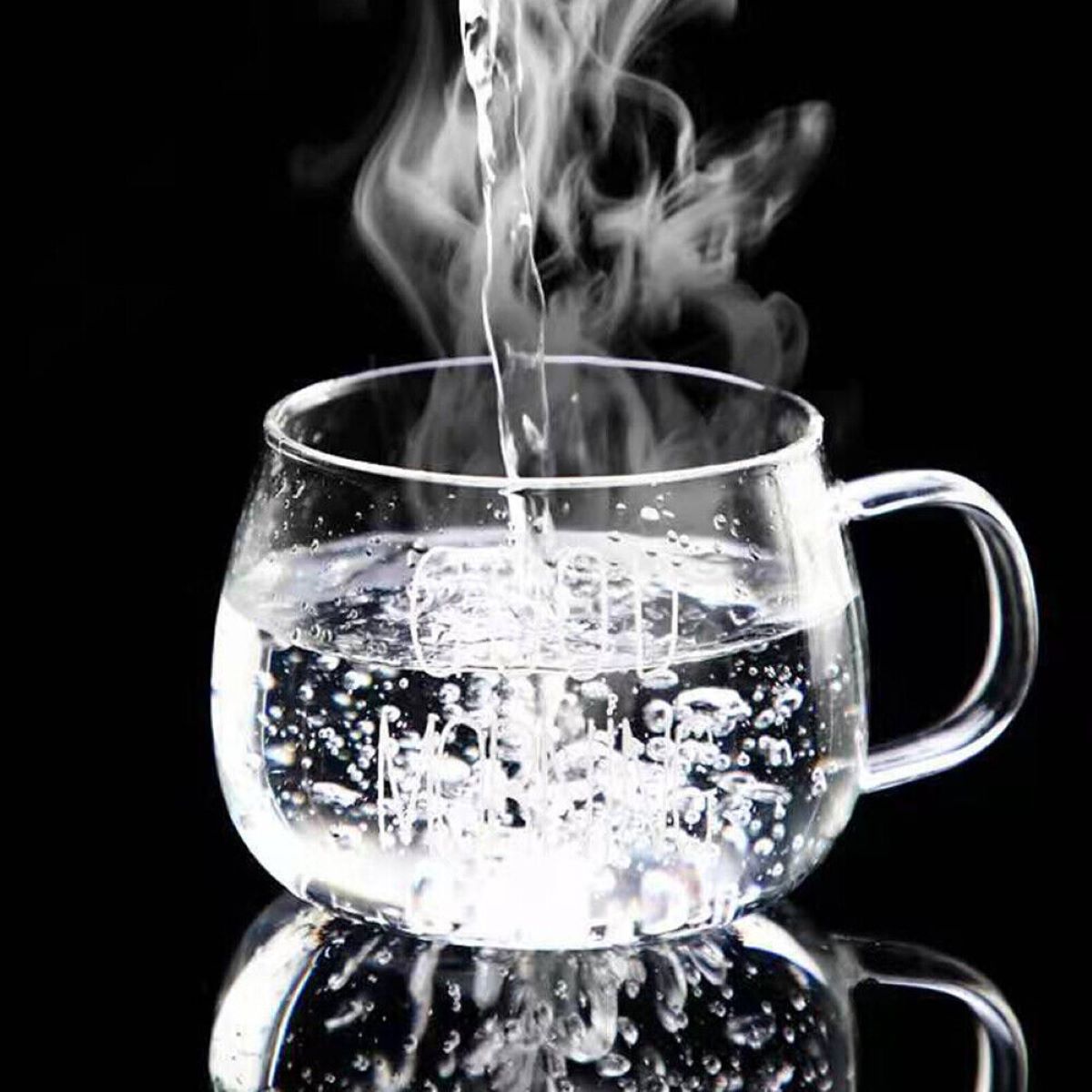
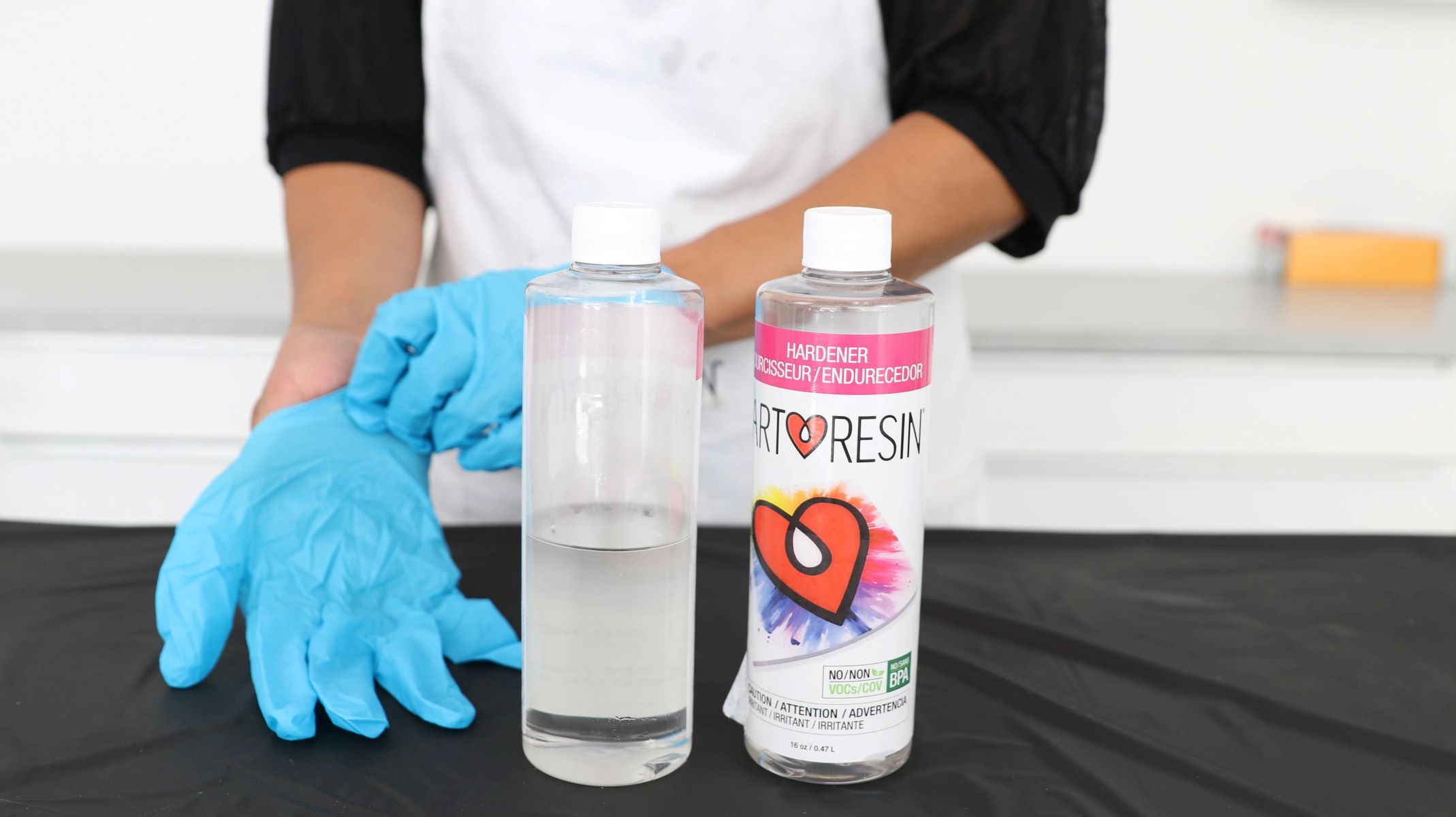
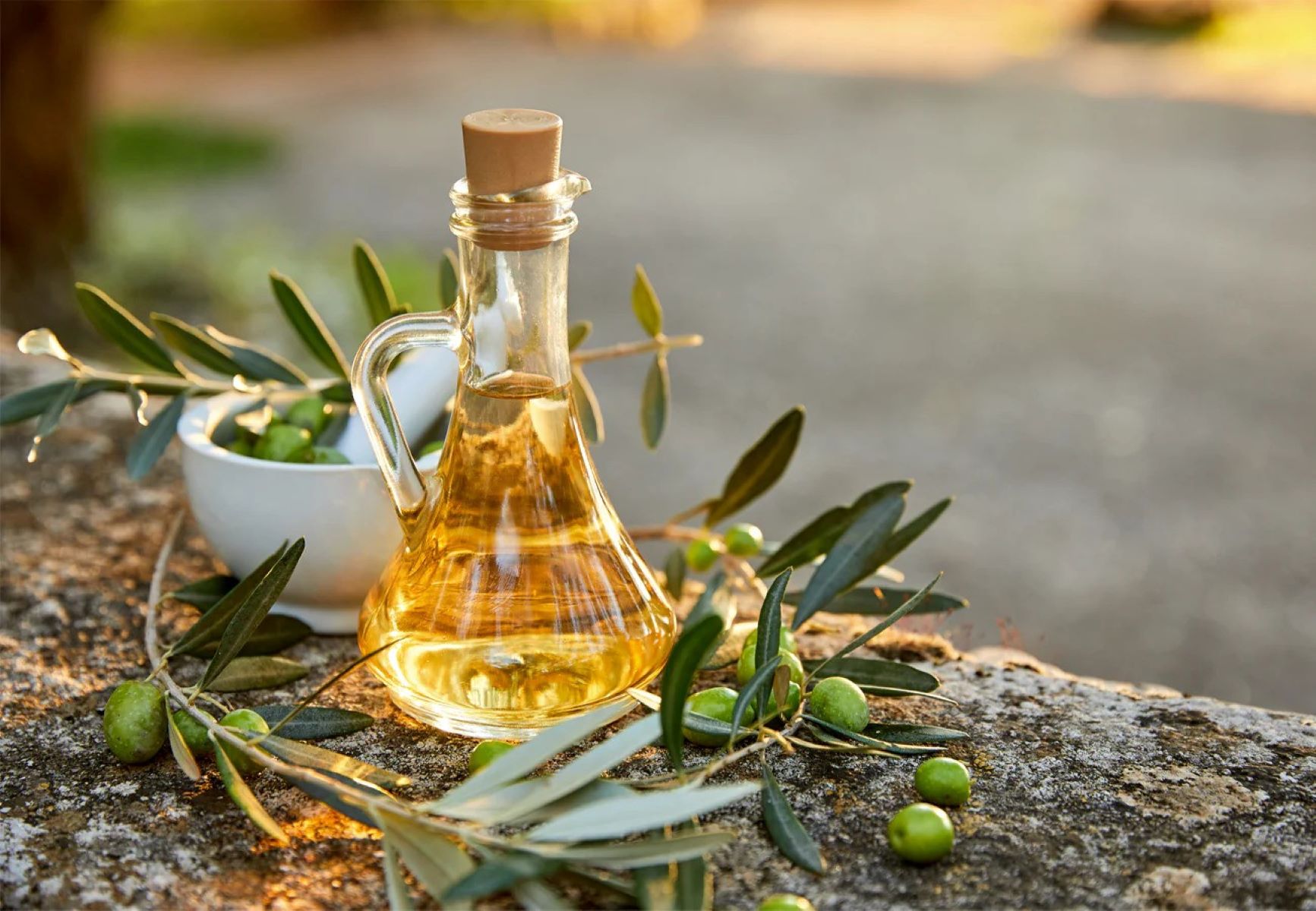

0 thoughts on “How To Get Tajin To Stick To Glass”